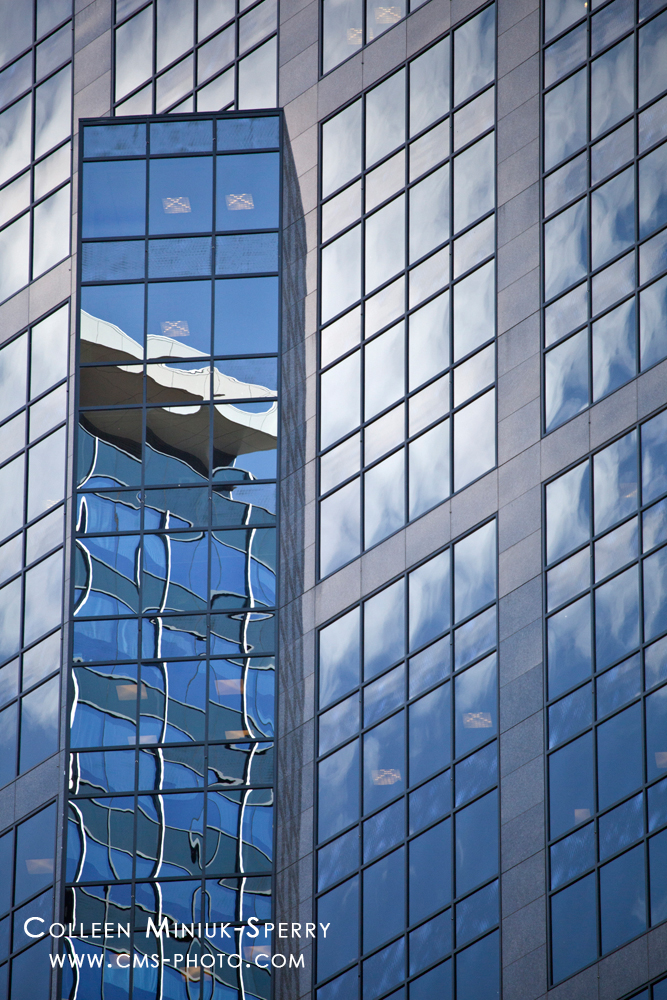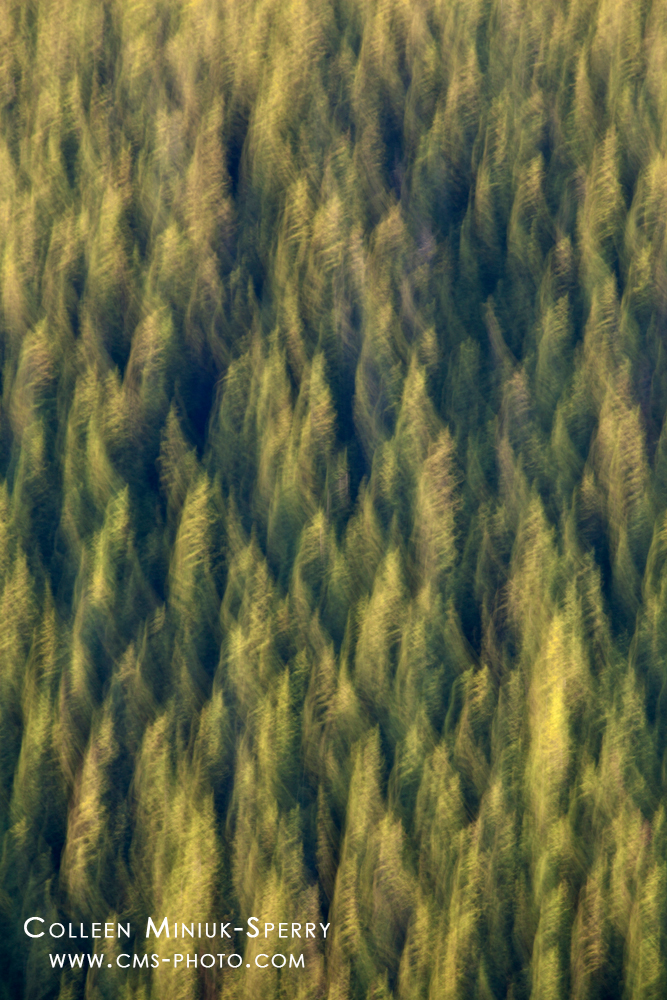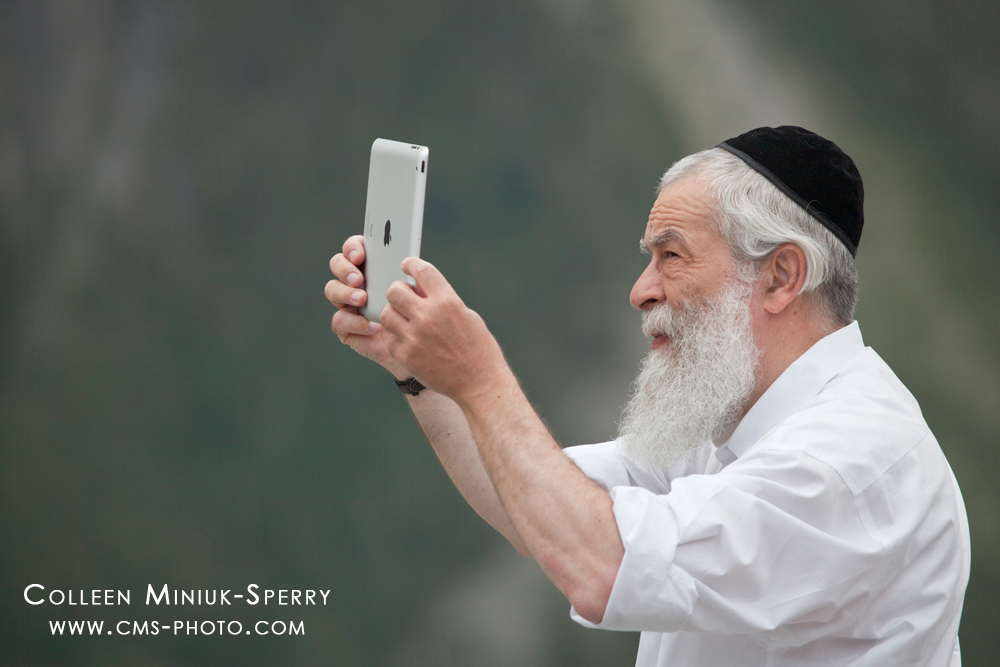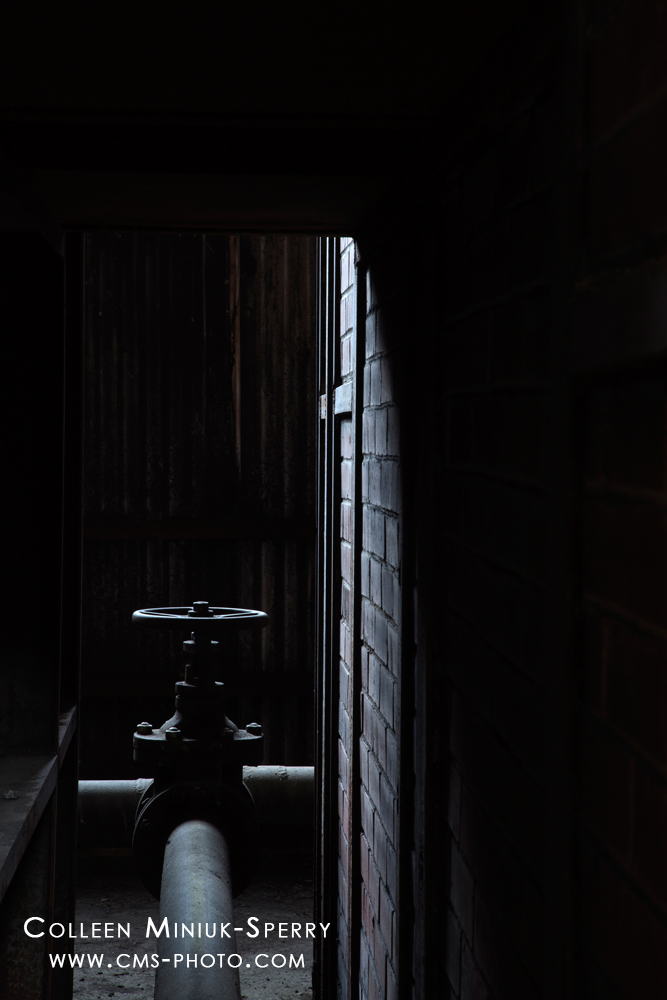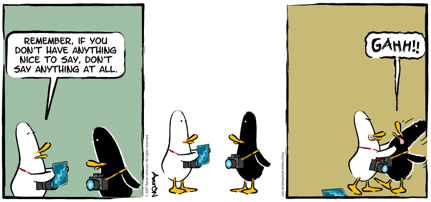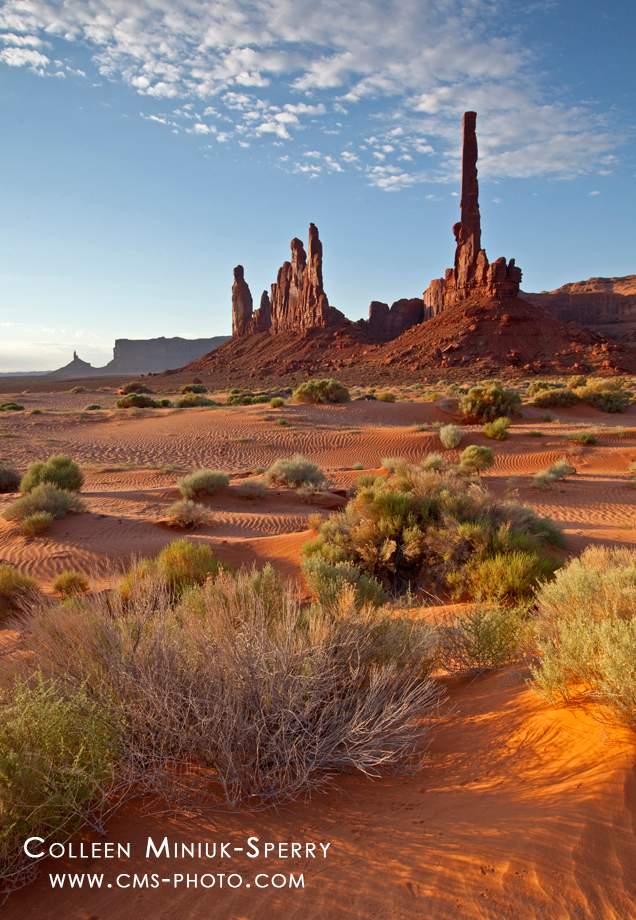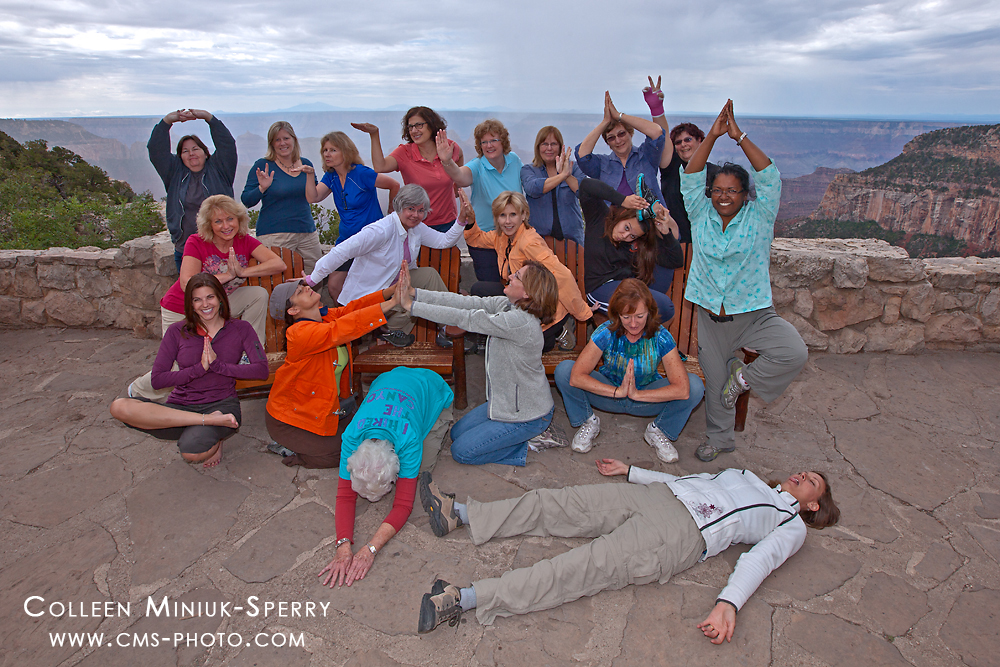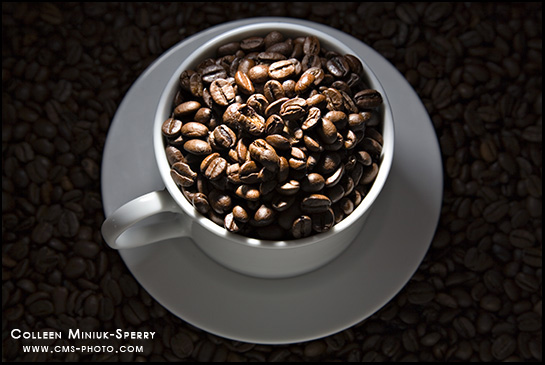 I have to spill the coffee beans…
I have to spill the coffee beans…
This may be hard for some of you to believe, but…
I used to photograph food professionally.
GASP!!
Not one to turn down a good challenge, I began shooting cuisine in late 2007 after seeing a stock call for “southwestern recipes” from a calendar company more famous for its landscape photography, and naively said, “Hmmm, that could be fun!”
 For the three years that followed, fun it was as my husband, Craig, and I worked together to produce not one, not two, but three exclusive Southwest Cooking calendars. In between developing new recipes and buying props for the calendars, I wrote restaurant reviews for a number of publications, including Arizona Highways magazine, who published my first restaurant article on one of our favorite spots in Arizona, The Cliff Dwellers Restaurant in Marble Canyon, called “Remote Possibilities.” I also managed to collect a broad variety of commercial clients across Arizona to help with their advertising needs.
For the three years that followed, fun it was as my husband, Craig, and I worked together to produce not one, not two, but three exclusive Southwest Cooking calendars. In between developing new recipes and buying props for the calendars, I wrote restaurant reviews for a number of publications, including Arizona Highways magazine, who published my first restaurant article on one of our favorite spots in Arizona, The Cliff Dwellers Restaurant in Marble Canyon, called “Remote Possibilities.” I also managed to collect a broad variety of commercial clients across Arizona to help with their advertising needs.
The food photography business was great on the pocketbook, but not so great for nurturing the soul of a nature lover – or for the booty, let’s be honest. So in 2011, I stopped shooting alluring appetizers, enticing entrees, and delectable desserts to focus entirely on what I loved most, the Great Outdoors.
Though I’m no longer a shutterbug of sushi, I don’t regret spending those years getting a different flavor of photography. In fact, I believe it’s made me a better nature photographer, as I still incorporate many of the techniques learned while photographing food during my outdoor escapades. Specifically:
- Fleeting moments in nature disappear as quickly as fresh ice cream melts under hot lights. For a single recipe featured in our calendars, we spent six to eight hours developing the recipe, arranging props, deciding on color schemes, and designing the set – “visualizing” – and only a few seconds photographing the final scene…which is about as long as most food looks edible in a studio setting. Similarly, Mother Nature may only give us a few seconds to record “the” shot so prepare yourself for that special moment by drawing on paper or creating a picture in your mind of what you resulting photograph will look like – before snapping the shutter.
- If a photograph is truly worth 100o words, don’t use just 999 of them to convey your message. During the extensive set designing process, we intentionally and precisely placed every single sesame seed, slice of lime, and sprinkle of cilantro in an exact location. Before snapping the shutter, we studied every corner, the edges of the frame, and the visual relationship between the elements to ensure the scene appeared exactly as we wanted to convey exactly what we wanted. Although changing moments in nature sometimes don’t allow a six to eight hour review of your composition, scan your frame before making the image to ensure you haven’t inadvertently included out of focus branches, overly lit areas on the edges of your frame, or anything else distracting from delivering a clear visual message.
- If the sesame seed doesn’t stay where you want when you move it, glue it. Besides superglue, I’ve used glycerin, hairspray, soapy water, motor oil, mirrors, and a host of other hidden props to make a plate of food look presentable. No matter your subject, once you have a clear vision, do whatever it takes to make it a reality (within legal and ethical boundaries, that is). Put a shower cap over your lens to create an ethereal mood, hire a pilot to help you get an aerial perspective, or use a tongue-switch for hands-free operation of your camera while riding a bike (you’d be amazed at the stories you can tell about using a tongue switch!). Being a persistent, creative problem solver pays off. I’m currently imagining using the Cloud Machine to resolve my clear blue sky “dilemma.”
- Like a smooth, buttery Chardonnay, rocks, trees, and water don’t bite, so get closer. If you think you’re close enough, if feasible, take two steps forward while keeping the same focal length of lens on your camera to eliminate extraneous details and keep your visual message clear. Note: Wildlife and people can bite so attach a teleconverter to a longer focal length lens instead of trying to get in their face.
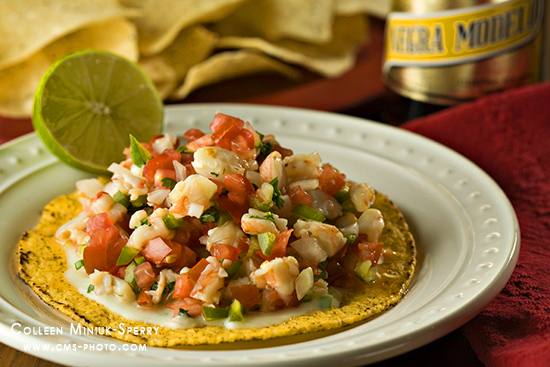 A normal-sized tostada looks more tantalizing on a tiny plate than on a big plate. By tweaking proportions, we were able to draw attention to what seemed to be an abundant and attractive portion size. When you aim to modify the relative size of natural objects, tap into the perspective distortion a wide-angle lens offers to make a bush or other object in the foreground look excessively large in comparison to its surroundings. Or use a telephoto lens to compress two distant objects, making them seem closer together than they truly exist.
A normal-sized tostada looks more tantalizing on a tiny plate than on a big plate. By tweaking proportions, we were able to draw attention to what seemed to be an abundant and attractive portion size. When you aim to modify the relative size of natural objects, tap into the perspective distortion a wide-angle lens offers to make a bush or other object in the foreground look excessively large in comparison to its surroundings. Or use a telephoto lens to compress two distant objects, making them seem closer together than they truly exist.
Have you recently tried photographing something outside your comfort zone? What experiences and learnings have you had in photographing something other than the outdoors that eventually affected your nature photography? We’d love to hear your stories and tips in the comments below!

